Commercial Door Hinges
Commercial door hinges are more often than not just as important as the door itself. The wrong type of hinge will perform in ways you don’t want it to or can even damage the frame of the door. Choosing the proper hinge can be difficult with so many different terms and types available. At QualityDoor, we’ve broken down the types of commercial door hinges we carry in stock as well as their particular uses.
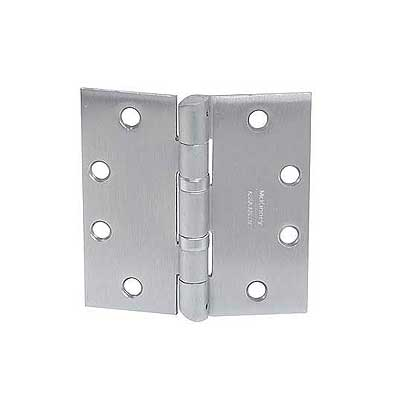
47 products
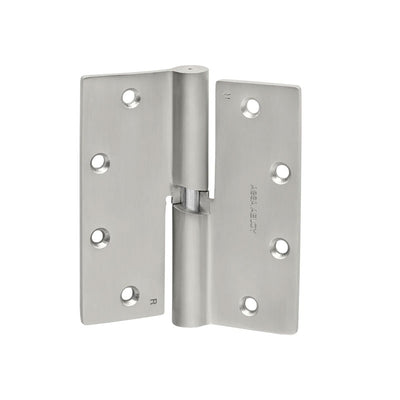
4 products
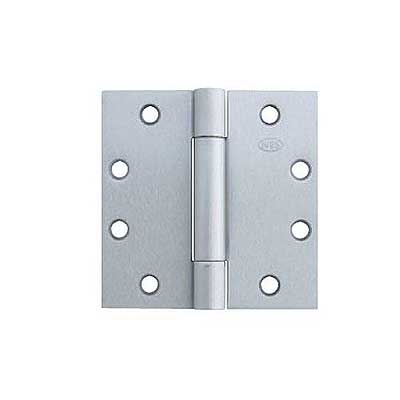
9 products
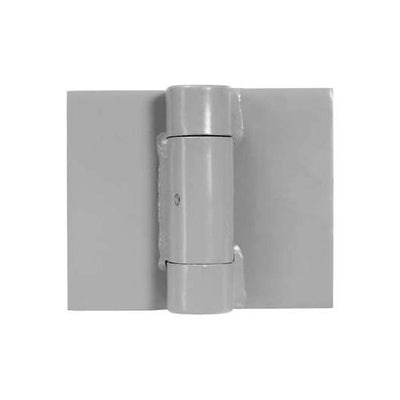
19 products
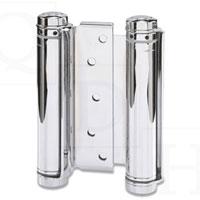
3 products

59 products
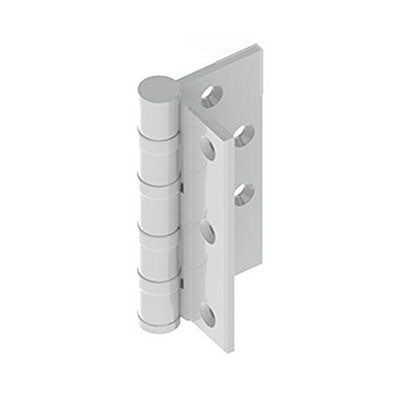
25 products
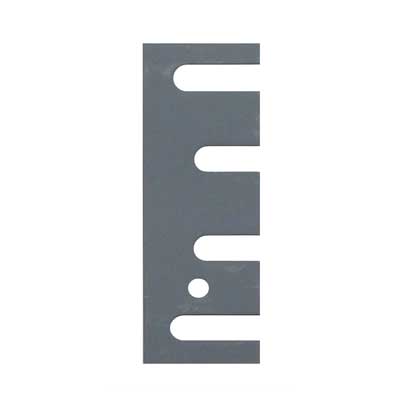
32 products
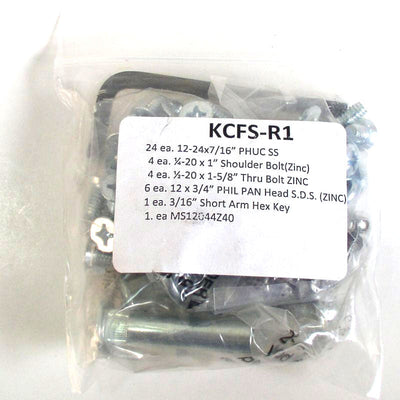
23 products
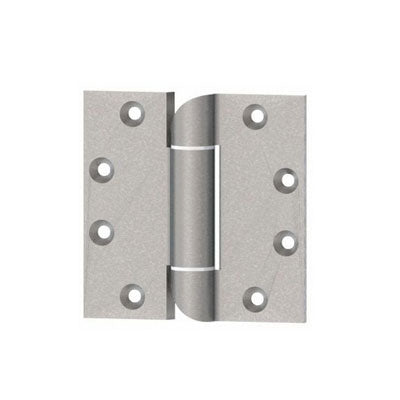
17 products
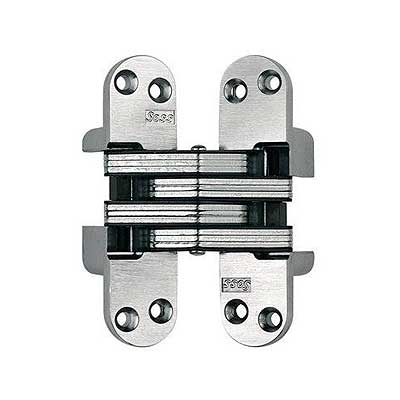
7 products
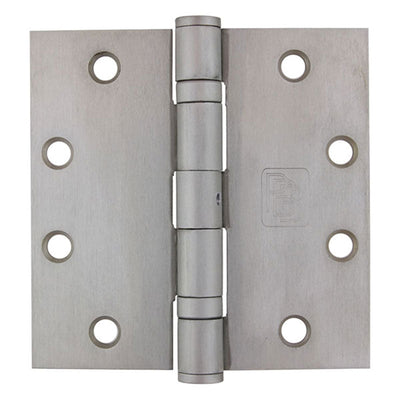
42 products
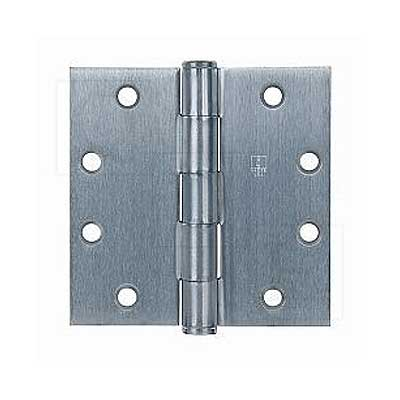
8 products
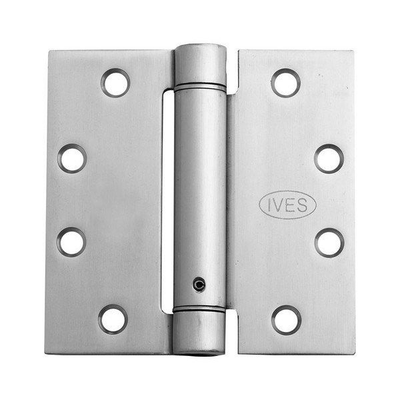
12 products
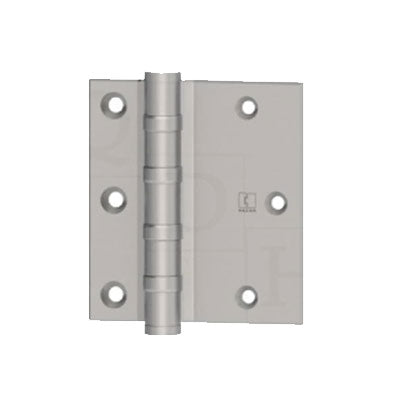
3 products
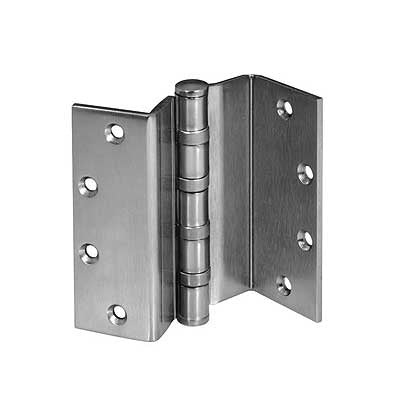
36 products
Most Popular Products
Frequently Asked Questions
Door hinges are typically installed 5”-7” from the top of the door and 10”-11” from the bottom of the door. If you need a third or fourth hinge, they should be installed at an even distance between the top and bottom hinge. Check the manufacturer’s instructions if you are unsure how to install your door hinge.
As a rule of thumb, you should place one door hinge for every 30” of door length. A door that is exactly 60” long will need two door hinges. A door that is 61”-90” should use three hinges evenly spaced out. If you fail to use the proper amount of hinges, the weight of the door will put stress on the doorframe and can eventually cause problems.
Most door hinges are reversible and can be used on either a left-hand or a right-hand door. However, there are certain hinges that are specifically built for one type of door or the other. Be sure to double check that you are purchasing the proper type of hinge for your door.
Non-removable pinge hins are typically installed on exterior doors where the hinge is accessible from the outside. As an added security measure, the pin in these hinges is non-removable. On a regular hinge, the pin can be removed and the door can be quickly taken off the hinges. Non-removable pins prevent people from quickly gaining access to your building from an external door.
The amount of wires needed is going to depend on the amount of electrified devices you are powering at that door. At QualityDoor, we carry 4-wire, 6-wire, 8-wire, and 12-wire electrified hinges. Be sure to consult with your electrician beforehand to decide which electrified hinge is right for your application.























